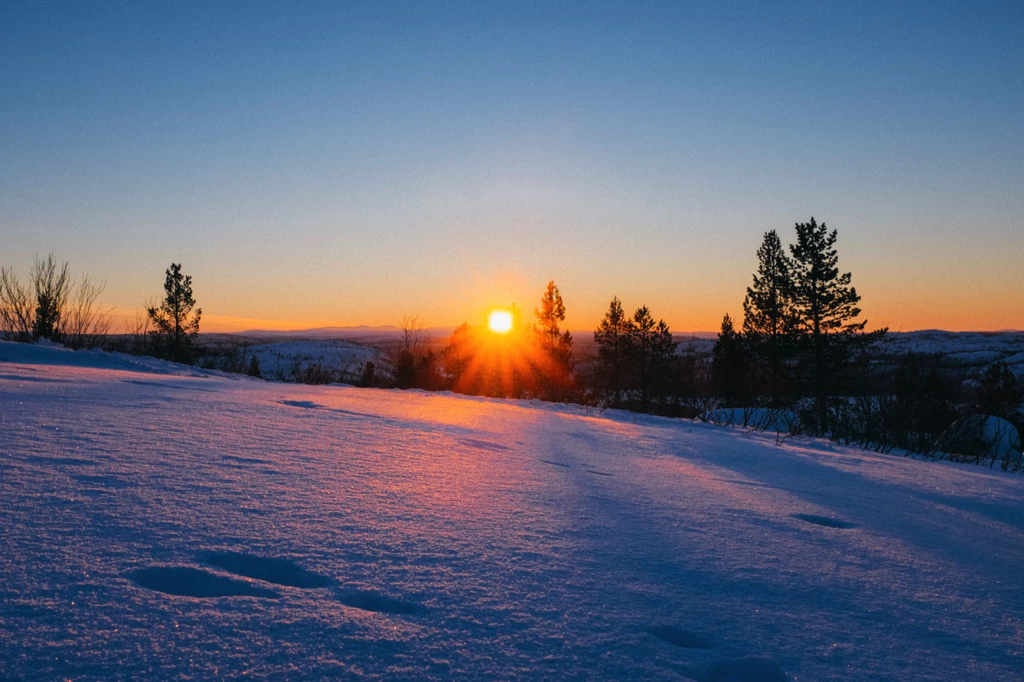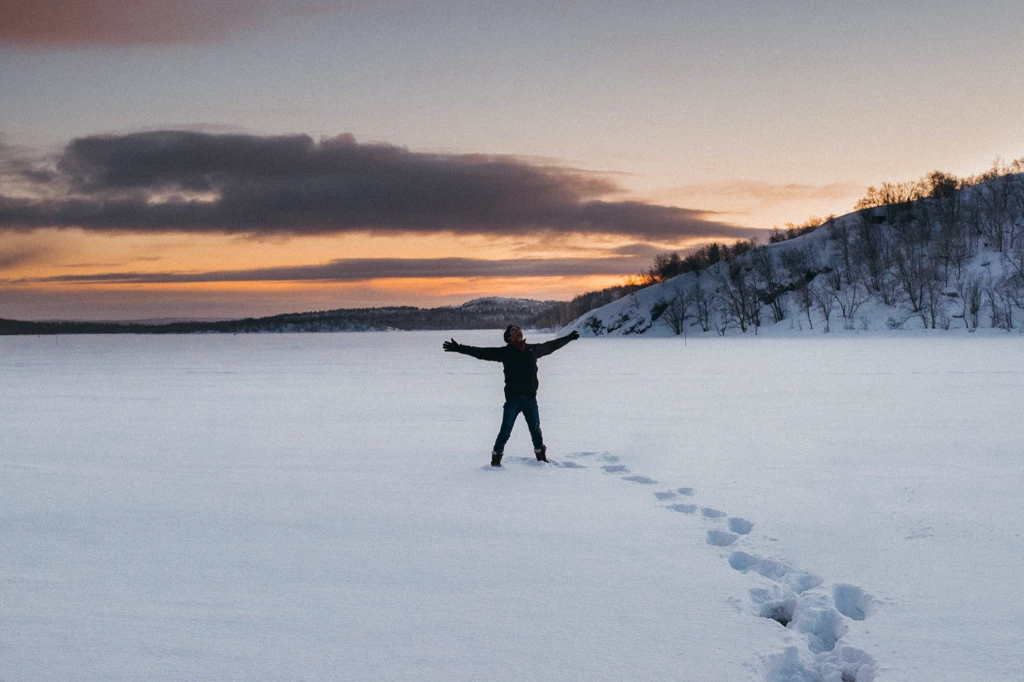Writing about the lack of Sun in Norway in winter seems like a bit of a tangent for a solar power blog, but experiencing it, whilst being immersed in the beautiful nature of Arctic Northern Norway, in part led to me wanting to do something that felt like it could have a positive impact on the environment.
I made a short documentary during my four months there, two of which were during the Polar Night:
What are Polar Nights?
Polar Nights (or The Polar Night) is a period of darkness in polar regions on Earth, where the sun sets around the begining of Winter, and then doesn’t rise again until Spring.
It depends on how close you are to either pole, and it can last anywhere from a few hours to a whole day.
In the Northern Hemisphere where I personally experienced the full two and a bit months of Polar Night, the sun set for the last time in mid November, then I saw the first sunrise of the new year some time in Janurary.
It is never completely dark all the time
During that time, the sun still brightens the sky somewhat around the middle of the day. The sky gets to a kind of dawn / dusk dark blue, and you can see your way round outside. Then it slowly dims again.

Regions located at the inner border of the polar circles experience polar twilight instead of polar night.
The maximum lengths of the time that the Sun is completely below the horizon varies from zero to a few days beyond the Arctic Circle and Antarctic Circle to 179 days at the Poles.
However, not all this time is classified as polar night since sunlight may be visible because of refraction.
What Can You Do During the Polar Night?
Dog Sledding
In the region of Norway that I was in, one of the main tourist attractions was Dog Sledding. We looked after 44 Alaskan Huskies, who all loved to pull sleds filled with sometimes nervous tourists.
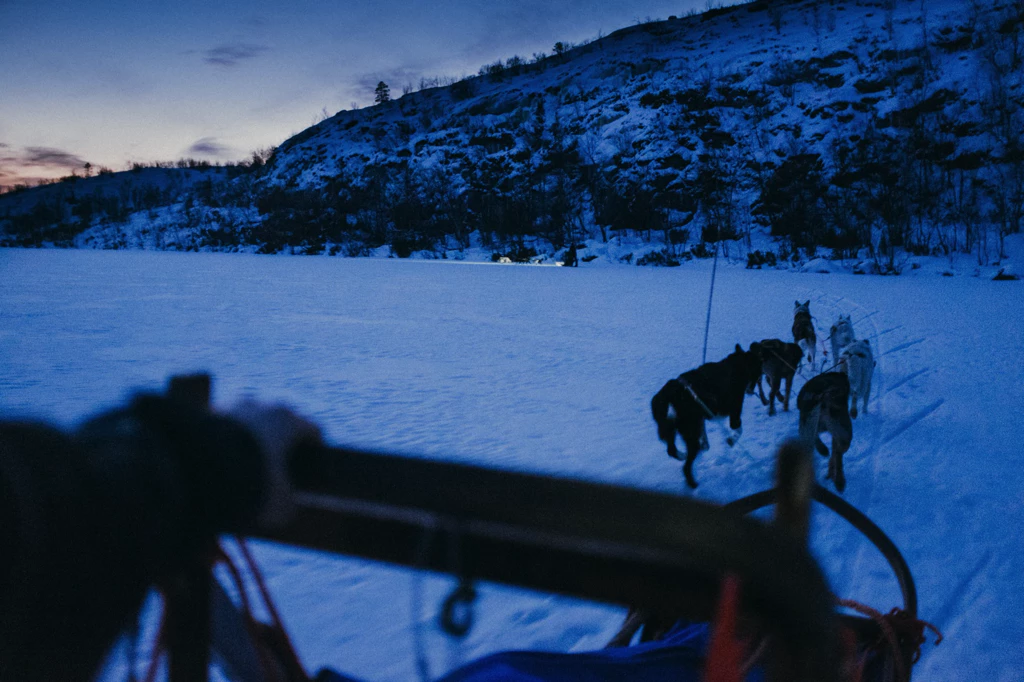
It can be a really serene way to experience the natural beauty of a place like Norway.
Snowmobiling can be more thrilling in terms of raw speed, but there’s something very special about gliding on the snow, gazing up at the Northern Lights, and hearing nothing but the breath of the dogs, their feet dipping in and out of the crisp snow, and the sled tracks sliding along.
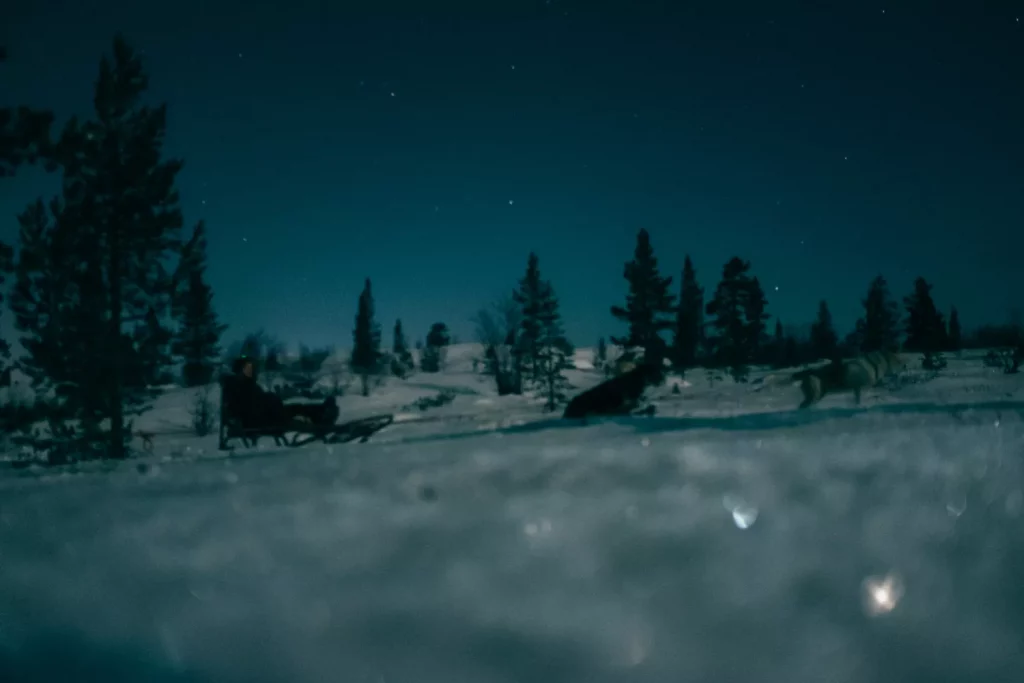
Some of the YouTube comments on my video question the ethics of having Huskies pull sleds. Based on my experience, I didn’t feel that they were suffering in any way. They seriosuly loved to have a job to do. The hardest thing was often convicing them to stop pulling the sleds! But if you consider keeping a dog as a pet unethical, then you will also want to skip this activity.
Watching the Northern Lights
The Northern Lights are absolutely beautiful in Norway. During the Polar Night, there’s so many more opportunities to see them because, well, it’s dark more!
At the guest house that I worked in whilst I was in Norway over the winter, we had a tent camp where guests could go and experience watching the Northern Lights deep out in the Arctic forest, along with hot chocolate and mulled wine warmed up on the fire.
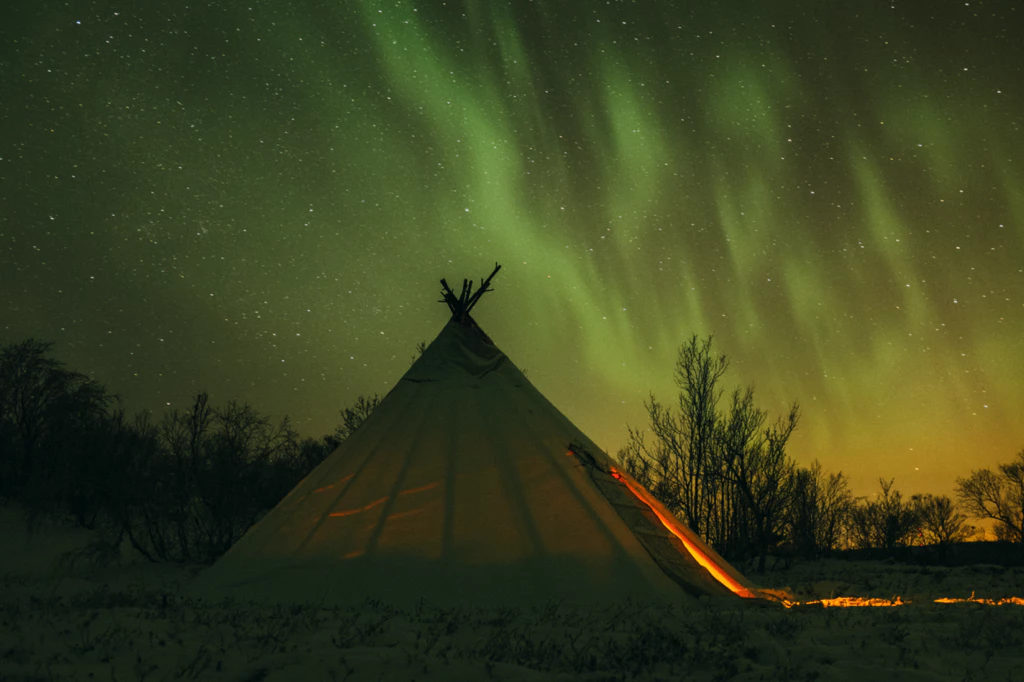
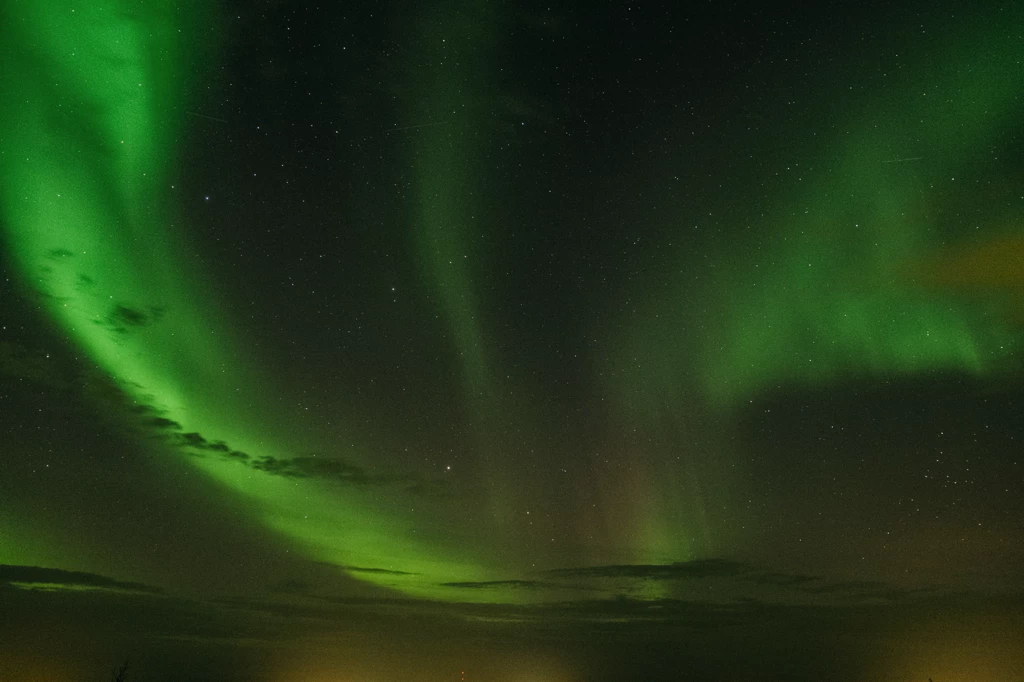
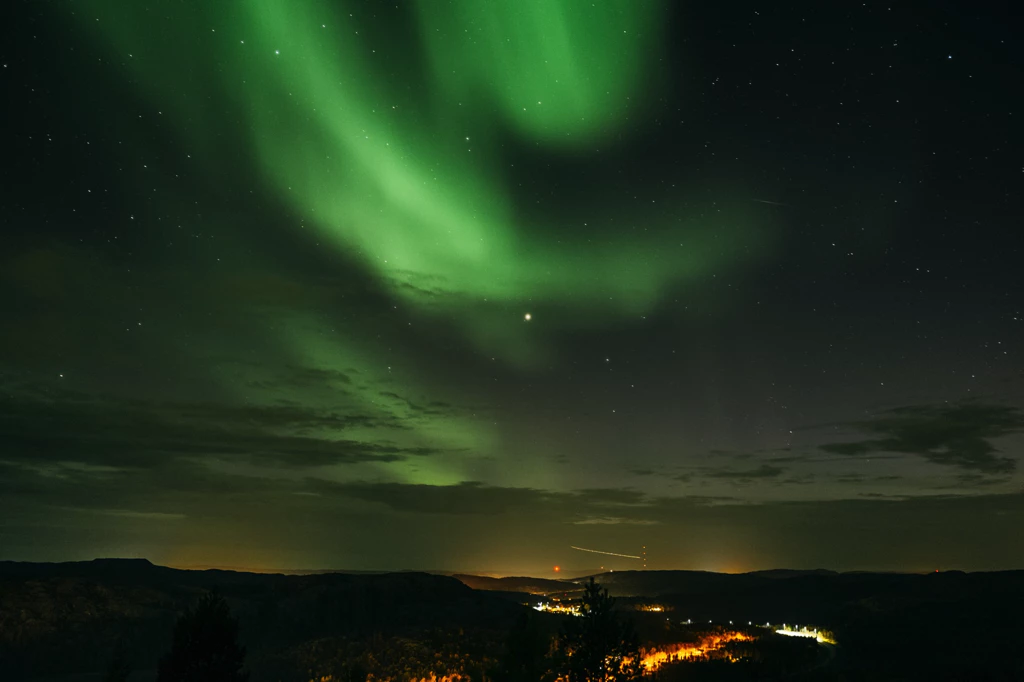
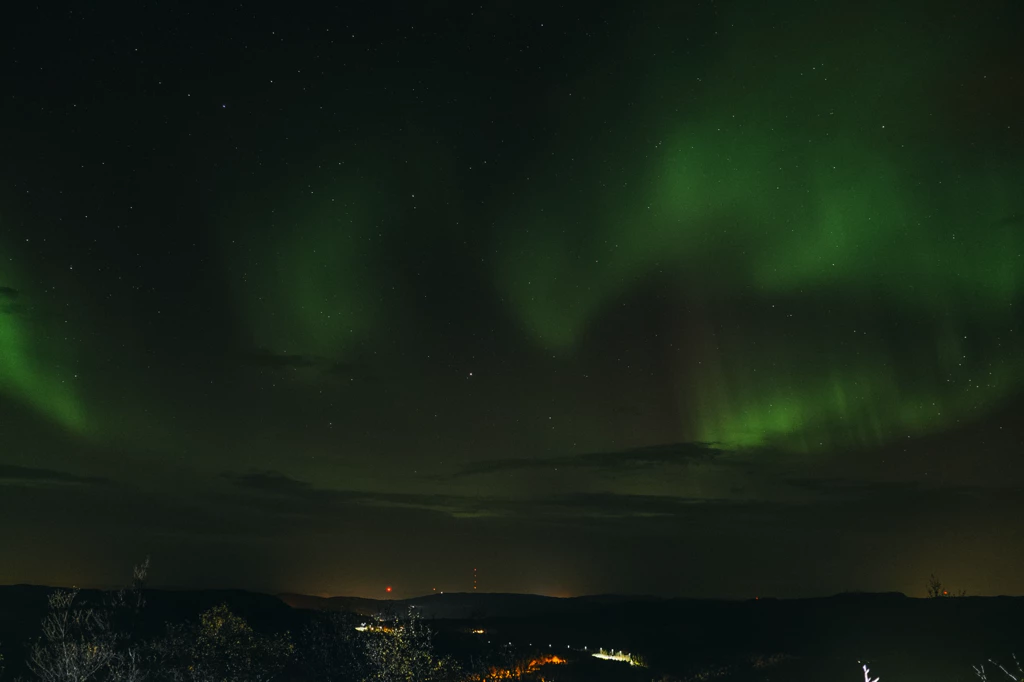

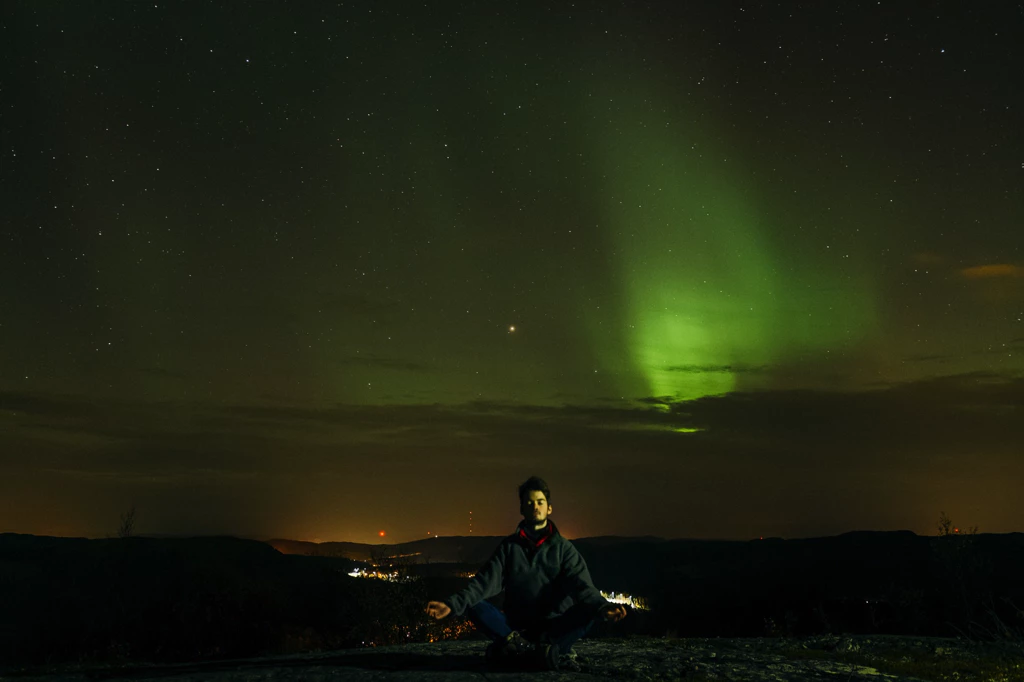
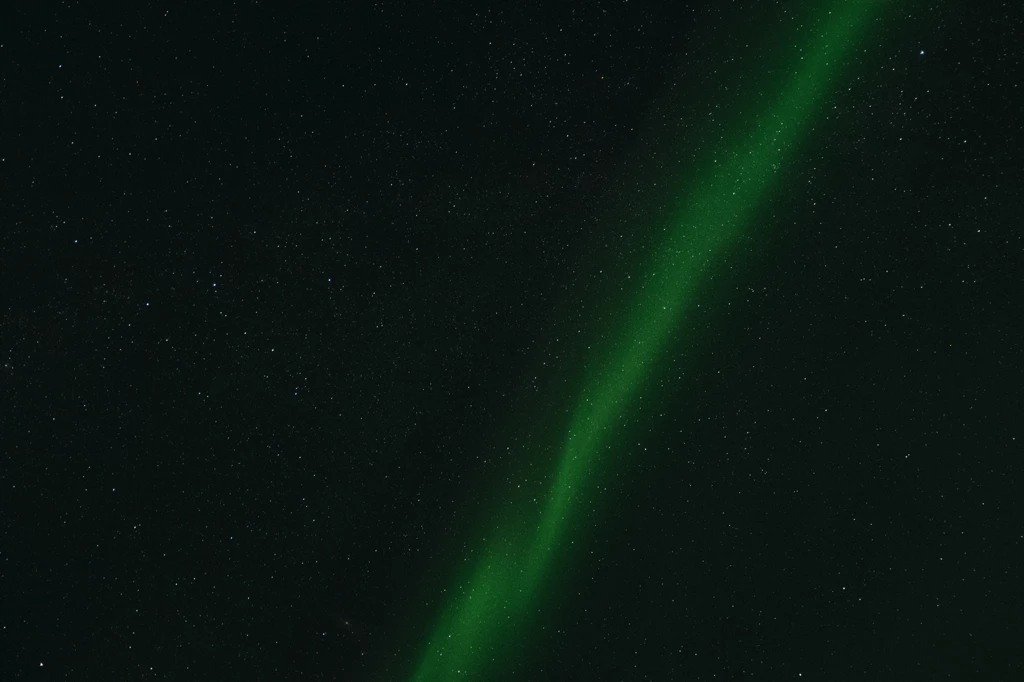
The Effect on People
Part of the reason that I made a short documentary about what the Polar Night was like in Norway, is because a lot of people that I spoke to over the phone asked me essentially: “Aren’t you going crazy up there with no sun?”
Everyone’s experience is different, but personally I didn’t find it depressing. I did sometimes find it confusing, like waking up in the middle of the night and not really knowing if it was actually the night or if just slept in to 3pm (after the midday blue light). Weird.
It can also sometimes get difficult to sleep, because your body’s internal clock relies of daylight to keep timing, so it can loose track of when you’re supposed to be feeling tired.
That said, some people do get depressed during the Polar Night. If you’re only there for a short time though, it’s probably not going to impact you that much, especially if you’re getting out and doing a lot of activites.
Seeing the sun for the frist time in over two months did give me a lot of joy though:
